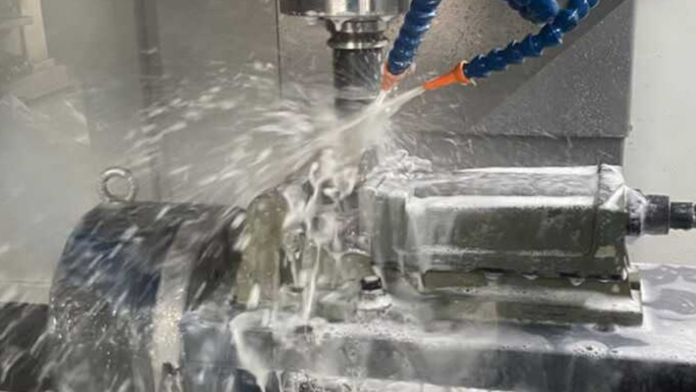Cold planer teeth, which are also referred to as milling teeth or bits, are crucial to the efficiency and effectiveness of cold planing machines used in street construction and renovation. These teeth are basic since they straightforwardly influence the general presentation and nature of the processing framework. High-quality cold planer teeth make certain precise reduction and elimination of asphalt or concrete surfaces, enhancing the general productivity of the system.
They contribute to decreasing operational costs by way of minimizing downtime and maintenance needs. Additionally, properly maintained cold planer teeth assist attain smooth and uniform surfaces, crucial for the protection and toughness of the road. In essence, the significance of cold planer teeth lies in their capability to optimize milling operations, enhance road quality, and lower construction expenses.
Materials Used For Cold Planer Teeth
Cold planer teeth, additionally known as road milling teeth or asphalt milling teeth, are generally crafted from materials that provide high put-on resistance and sturdiness to resist the tough situations of road milling. The maximum not unusual materials used for cold planer teeth consist of:
Carbide Tungsten Inserts
Cold planer teeth require inserts made of tungsten carbide, which are prized for their exceptional hardness and wear resistance. Composed of tungsten and carbon, those inserts are brazed onto the metal frame of the teeth to shape a long-lasting slicing part. They enable cold planer teeth to correctly mill thru hard materials including asphalt and urban, ensuring prolonged reducing overall performance and decreased upkeep downtime in teeth construction and maintenance applications.
Steel Bodies
Metal bodies form the robust basis of cold planer teeth, providing critical structural support and sturdiness. Crafted from high-strength metallic, our bodies endure the acute forces and vibrations encountered in the course of milling operations. Their function extends beyond guide; they function as a stable platform for securely attaching tungsten carbide inserts, ensuring reliable cutting performance. Engineered via advanced production processes, steel bodies enhance the sturdiness and toughness of cold planer teeth, allowing efficient pavement elimination and surface coaching in asphalt and concrete road creation projects.
Cobalt
Cobalt plays an important function in cold planer teeth as binder steel for tungsten carbide inserts. This detail complements the durability and strength of tungsten carbide, increasing its resistance to wear and ensuring a cozy bond with the metal body of the teeth. By improving the overall sturdiness and overall performance of the inserts, cobalt contributes to the longevity of cold planer teeth in demanding milling operations. Its presence enhances the teeth’s capability to withstand abrasive materials and maintain cutting performance over extended periods of use.
Alloy Additives
Alloy components in cold planer teeth are carefully chosen to enhance precise residences such as hardness, corrosion resistance, and thermal balance. Elements like chromium, vanadium, titanium, and nickel are normally used to enhance the performance of tungsten carbide inserts or metallic bodies. Chromium improves hardness and wear resistance, at the same time as titanium complements corrosion resistance. Nickel and vanadium contribute to sturdiness and thermal stability, ensuring cold planer teeth preserve their slicing part in harsh milling environments, optimizing efficiency, and lengthening operational life in road construction and protection.
Brazing Materials
Brazing substances play a crucial role in cold planer teeth using securely bonding tungsten carbide inserts to steel our bodies. Those alloys are carefully decided on for their melting factors and compatibility with the materials being joined, ensuring a strong and sturdy connection. Usually composed of silver, copper, or nickel-based alloys, brazing materials facilitate the formation of a metallurgical bond between the tungsten carbide and metallic, allowing the teeth to face up to the excessive effect and abrasive forces encountered at some point of road milling operations, thereby improving average overall performance and longevity.
Conclusion
Cold planer teeth are meticulously made from tungsten carbide inserts, metallic bodies, cobalt binders, alloy components, and brazing materials to ensure certain durability and high overall performance in asphalt and urban milling. Those materials and their specific integration allow green pavement elimination and surface practice, critical for retaining and improving teeth infrastructure globally.











